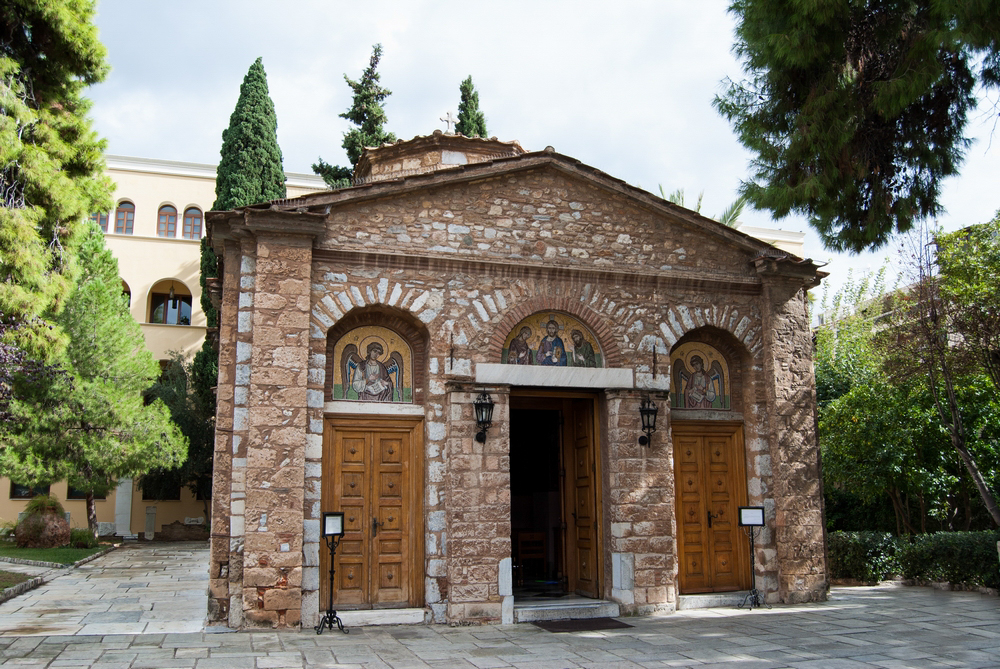Church of Agii Asomati Taxiarches/ Petrakis Monastery
The Byzantine Church of Agii Asomati Taxiarches of the 10th century AD, which was renovated in 17th century, is dedicated to Holy Incorporeal Archangels and has been the catholic of Petrakis Monastery.
Location
Timeline
Modern and Contemporary era (1821 - )
Ottoman era (1453- 1821)
Byzantine era (331 AC- 1453)
Probably constructed at the end of the 10th century. The dome is posterior.




Share